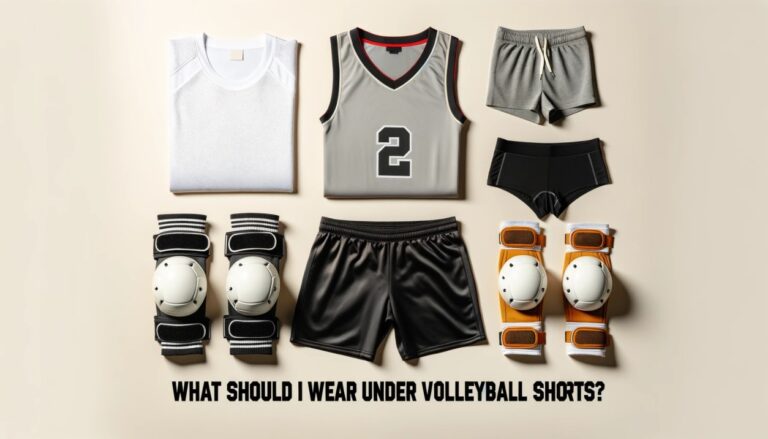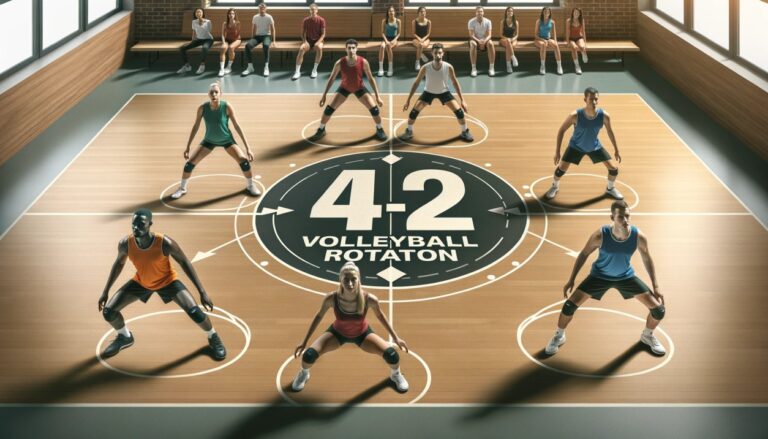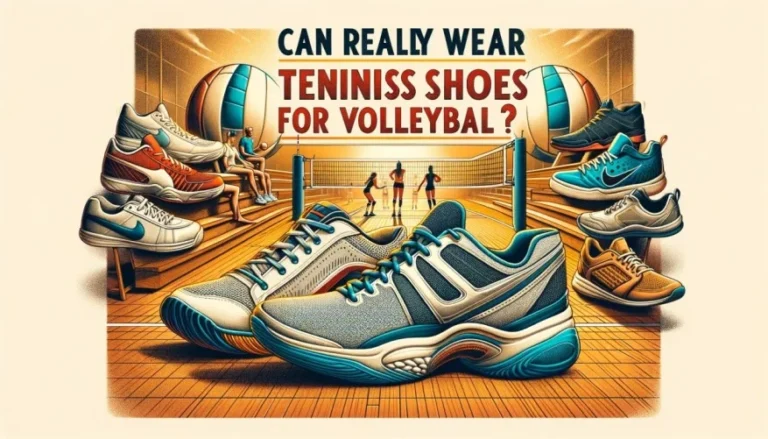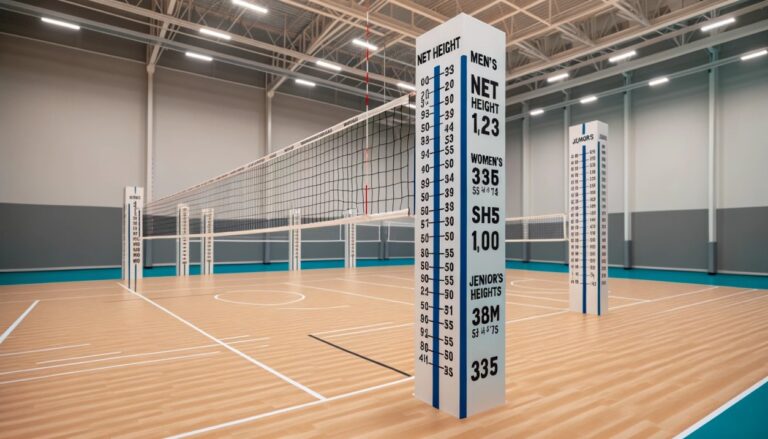Dig in Volleyball: Your Complete Guide
Introduction to Dig in Volleyball
In this article, complete information about Dig in volleyball is given. It was the final set, match point. The crowd held its breath as the ball rocketed towards the court. Just when it seemed all hope was lost, the libero lunged forward, executing a perfect dig.
The ball soared back into play, setting the team up for a winning spike. That moment underscored the undeniable importance of mastering the art of the dig in volleyball.
Volleyball is not just about powerful serves and spikes; it’s a game of strategy, reflexes, and teamwork. One of the foundational skills in this dynamic sport is the dig. This article aims to shed light on:
- What exactly is a dig?
- Why is it so pivotal in the game of volleyball?
- How can one improve and master this essential skill?
Whether you’re a newbie trying to understand the basics or a seasoned player looking to refine your technique, this comprehensive guide will provide insights and tips to elevate your digging game. So, let’s dive deep and unearth the secrets behind the perfect dig!
The Basics of a Dig in Volleyball
Dig – it’s not about shovels or excavations, but a pivotal move in volleyball. At its core, a dig is a defensive maneuver where a player uses their forearms to pass a hard-driven ball from the opponent.
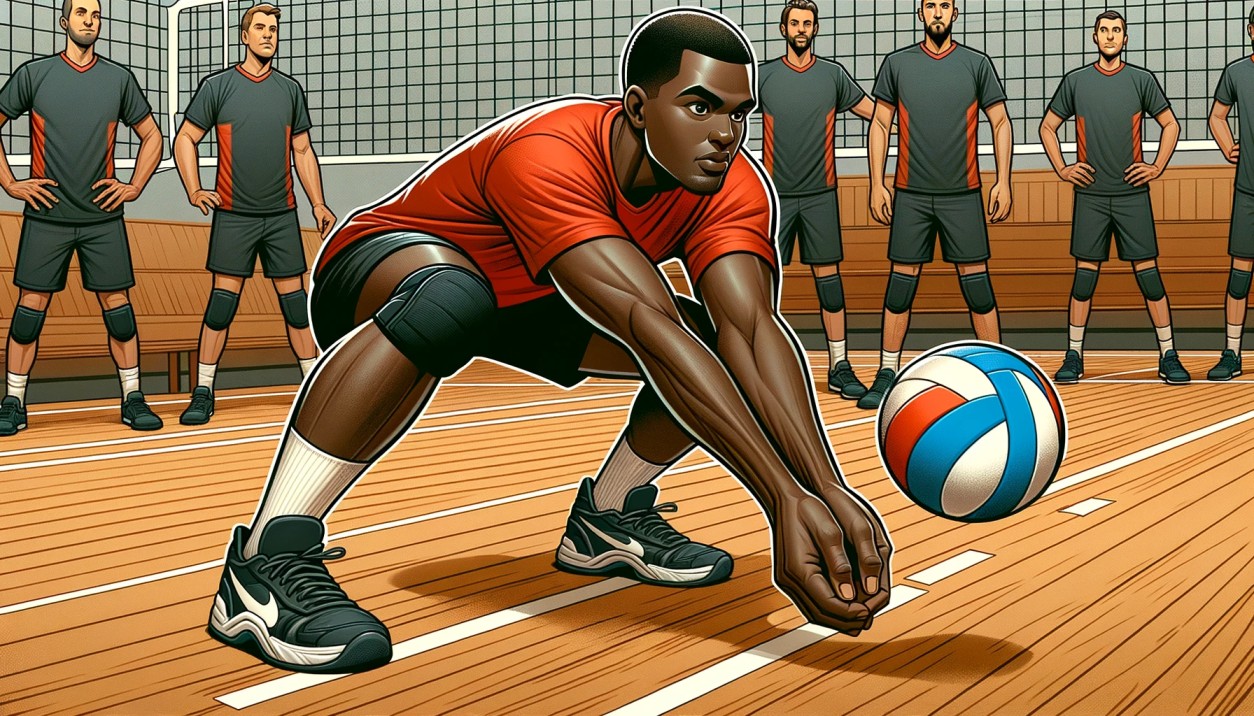
Why is the dig so important?
- It prevents the ball from hitting the ground, denying the opposing team a point.
- It transitions the play from defense to offense, setting the stage for a counter-attack.
Basic Technique for a Dig:
- Position your body low to the ground with knees slightly bent.
- Keep your arms straight and hands together, forming a flat platform.
- Use your legs and shoulders to direct the ball, not just your arms.
Digging Deeper into the Dig
Over the years, the art of the dig has evolved. Initially, players would use a closed fist to “punch” the ball. Now, the open-hand technique dominates the courts, offering better control.
Common Mistakes:
- Not watching the ball till the end.
- Using only arms without engaging the core.
- Being too rigid or too relaxed.
Advanced Techniques:
- Reading the Spiker: Anticipating where the ball will land.
- Dive and Roll: For balls that are far off, mastering the art of diving can be a game-changer.
Drills and Exercises to Improve Your Dig
For Beginners:
- Wall Rebounds: Hit the ball against a wall and practice digging it on the rebound.
- Partner Toss: Have a partner toss balls at varying speeds for you to dig.
Intermediate Drills:
- Randomized Drills: Mix up serves and spikes to mimic real-game scenarios.
- Shadowing: Follow a fellow player and mimic their digging motions.
Advanced Drills:
- Multi-Ball Drills: Multiple balls are thrown in quick succession to improve reflexes.
- Defensive Positioning: Practice digging from different court positions.
How To Make an Effective Dig
In volleyball, making an effective dig can be the difference between winning and losing a point. A good dig can turn a powerful spike from the opponent into a perfect setup for your team. Here’s how to make sure your digs are on point:
- Power
- Power in a dig comes from the legs and core, not just the arms.
- Engage your core and use your legs to push off the ground.
- Remember, it’s not about how hard you hit the ball, but how well you control it.
- Preparation
- Always be on your toes, ready to move in any direction.
- Keep your arms out in front of you, ready to form a platform.
- Anticipate where the ball is going to land.
- Angle
- The angle of your arms is crucial. It determines the direction the ball will go after the dig.
- Adjust the angle of your arms to direct the ball towards the setter.
- Positioning (or “When Not To Dig”)
- Not every ball is worth digging. Sometimes, it’s better to let it go if it’s heading out of bounds.
- Position yourself based on the spiker’s body language and the set.
3 Types of Digs In Volleyball
- 1. Absorb Dig
- Used when the ball is hit directly at you with power.
- Use your platform to absorb the force and direct the ball upwards.
- 2. Diving Dig
- Used when the ball is out of reach and requires a dive to save it.
- Lead with one arm and slide on your hip and thigh.
- 3. Overhand Dig
- Used when the ball is coming at head height or higher.
- Use your fingertips to direct the ball, similar to a set.
Digging Without It Being Painful
Making mistakes while digging can not only cost your team points but can also be painful. Here are common mistakes to avoid:
- Mistake #1: Swinging Arms
- Swinging your arms can lead to a lack of control and can also cause injury.
- Mistake #2: Standing Up Straight
- Being upright reduces mobility. Stay low and ready.
- Mistake #3: Watching the Spiker, Not the Ball
- Always keep your eyes on the ball. The spiker’s body language can give clues, but the ball is what you’re playing.
- Mistake #4: Facing the Net, Not the Spiker
- Angle yourself towards the spiker to better anticipate the direction of the hit.
- Mistake #5: Standing in the Wrong Position
- Positioning is key. Understand the court and where you need to be based on the situation.
Digging Drills (Beginner and Advanced)
- 10 Ball
- A drill where the player must successfully dig 10 balls in a row without error.
- Counterattack
- A drill focusing on digging and then immediately transitioning to an attack.
Best Dig Examples
To truly master the art of digging, it’s beneficial to watch professionals in action. Some of the best dig examples can be found in international competitions, where top liberos and defenders showcase their skills. Consider watching highlight reels or specific matches to see these techniques in action.
FAQs
-
Why is the dig so crucial in volleyball?
It’s a primary defensive move that prevents scores and sets up counter-attacks. -
How can I practice digging at home?
Use wall rebounds or soft tosses in a spacious area. -
What’s the difference between a dig and a pass in volleyball?
A dig is defensive against hard-driven balls, while a pass is usually against softer serves or hits. -
How do I avoid injuries while digging?
Proper technique, staying alert, and regular conditioning can help.
· What counts as a dig?
A dig is a defensive play in volleyball where a player makes contact with the ball, particularly on an attack, to prevent it from hitting the ground. It’s often a forearm pass of a ball that has been spiked by the opposition.
· What is the difference between a dig and a receive in volleyball?
While both involve handling the ball, a dig is specifically a defensive response to an opponent’s attack or spike. A receive, on the other hand, typically refers to the action of handling the ball on a serve from the opposing team.
- How do you count a dig in volleyball?
A dig is counted when a player successfully prevents the ball from hitting the ground after an opponent’s attack, and the ball remains in play.
· Can a setter dig in volleyball?
Yes, a setter can dig in volleyball. Every player, regardless of their primary role, can perform defensive plays like digs when the situation demands.
· What are kills in volleyball?
A kill in volleyball refers to an attack by a player that results in an immediate point or side out because the ball hits the floor on the opponent’s side or goes off an opponent and out of play.
· What are kills and digs in volleyball?
Kills are successful attacks that result in points, while digs are defensive plays that prevent the ball from hitting the ground after an opponent’s attack.
· What does SP mean in volleyball stats?
SP stands for Sets Played. It indicates the number of sets a player has participated in.
· Is there 1 or 2 setters in volleyball?
It depends on the team’s formation. In a 5-1 formation, there’s one setter. In a 6-2 formation, there are two setters.
· Are liberos allowed to spike?
No, liberos are not allowed to spike the ball. They also cannot attempt to block or try to block a shot.
· What is a blocker in volleyball?
A blocker is a player who uses their hands and arms to deflect the ball coming from the opponent’s side, trying to prevent it from passing over the net.
· What is RS in volleyball?
RS stands for Right Side. It’s a position in volleyball, also sometimes referred to as the right-side hitter or opposite.
· What does O1 mean in volleyball?
O1 refers to the primary outside hitter. The number “1” indicates the primary or first player in that position.
· What is RPI in volleyball?
RPI stands for Ratings Percentage Index. It’s a method used to rank sports teams based upon a team’s wins and losses and its strength of schedule. It’s often used in collegiate volleyball to help determine tournament selections and seedings.
· Who Makes a Dig In Volleyball?
- The libero or any defensive player makes a dig in volleyball.
· What Is a Dig?
- A dig is a defensive play where a player passes a spiked or attacked ball close to the floor.
Conclusion and Encouragement
In volleyball, the dig is more than just a move; it’s a statement of resilience and skill. It’s about denying the opponent and turning the tide of the game. So, whether you’re just starting or have been playing for years, remember: every dig counts. Keep practicing, stay motivated, and soon, you’ll be digging like a pro!

